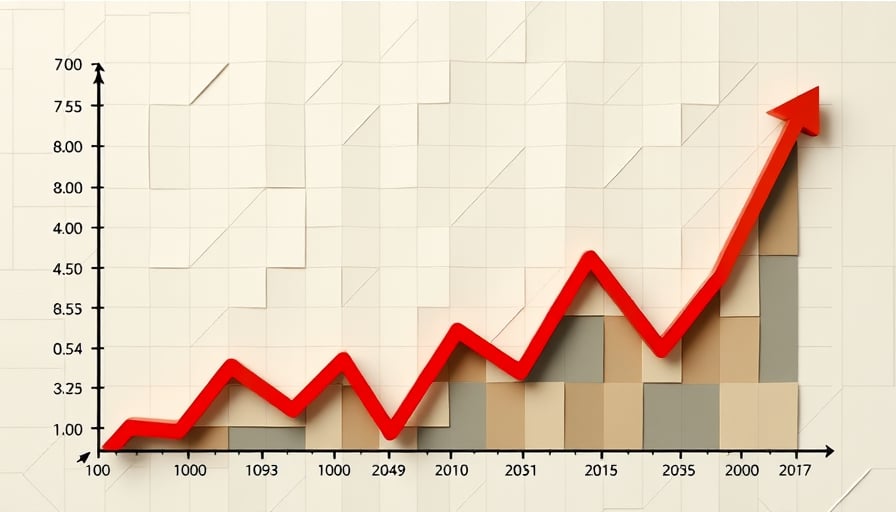In the ever-evolving landscape of cryptocurrency, Major has emerged as a focal point of interest among investors and analysts alike. As of November 21, 2025, Major’s close price stood at $0.0745358, a significant recovery from its 52-week low of $0.0357663 recorded on October 9, 2025. This remarkable turnaround highlights the volatile yet resilient nature of the cryptocurrency market, where assets like Major can experience dramatic fluctuations within short periods.
The journey of Major over the past year has been nothing short of a rollercoaster. From reaching a 52-week high of $36.7465 on November 26, 2024, to plummeting to its lowest point in October 2025, Major’s trajectory underscores the speculative dynamics that often characterize the crypto space. Despite these fluctuations, the current market capitalization of Major stands at approximately $6,182,845.32 USD, reflecting a market that, while modest in size, is keenly watched by those tracking the broader trends in digital currencies.
The recent recovery in Major’s price can be attributed to several factors, including increased investor interest in alternative cryptocurrencies (altcoins) and the broader market’s search for value in the aftermath of significant corrections. This interest is further fueled by the ongoing discussions around the utility, scalability, and security features of Major, which have positioned it as a noteworthy contender in the crowded crypto market.
Moreover, the resilience of Major amidst market volatility speaks to the growing sophistication of investors who are increasingly looking beyond the traditional metrics of market cap and price to assess the intrinsic value and potential of cryptocurrencies. This shift in investor sentiment is indicative of a maturing market, where assets like Major are evaluated on their technological merits and potential for adoption, rather than solely on speculative trading.
As the cryptocurrency market continues to evolve, Major’s journey from its 52-week low to its current price point serves as a compelling case study in the dynamics of digital asset valuation. It highlights the importance of understanding the underlying technology, market sentiment, and broader economic factors that influence the price movements of cryptocurrencies.
Looking ahead, the future of Major, like many cryptocurrencies, will likely be shaped by a combination of technological advancements, regulatory developments, and shifts in investor sentiment. As the digital currency landscape becomes increasingly complex, assets that can demonstrate real-world utility and adapt to the changing regulatory environment will be well-positioned to capture the attention of investors.
In conclusion, Major’s recent performance is a testament to the volatile yet opportunistic nature of the cryptocurrency market. As investors and analysts continue to monitor Major’s progress, it will be interesting to see how it navigates the challenges and opportunities that lie ahead in the rapidly evolving world of digital currencies.




